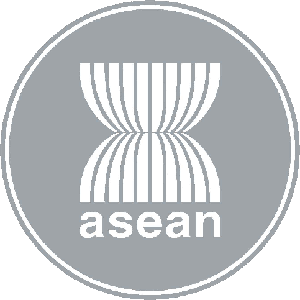How can we improve music education in Southeast Asia?
My background and aim of the participation in SEADOM
Recently, my native country, Japan, and ASEAN countries are closely related to each other in various fields, such as business, culture, and education. Some Japanese companies, for example, have bases in ASEAN, and many people come to Japan to study or to get skills for work. In addition to that, there are also some universities and groups which taught Gamelan in Japan as well as some students from ASEAN that study music there.
Based on these factors, the members of the institution that I work for (the Piano Teacher’s National Association of Japan, of which work on organizing a piano competition and researching the history, methods, and materials of piano), have been thinking about the importance of promoting interaction between us and people who are engaged in musical education in ASEAN. Therefore, I attended the SEADOM to learn about the educational situation of music there. In this essay, I discuss what I thought about the SEADOM conference and comment on the advantages, disadvantages, and some issues the organisation should work on in the future.
Positive views on SEADOM conference and the project
The main themes of the conference on this year were “quality assurance in music education in Southeast Asia” and “Music cross-arts in a Southeast Asia focus”, which are interesting, necessary, and permanent topics in any area. During the conference, we had some keynote speeches, panels and small group discussions on these themes. From that, I realised that the participants, including the students from ASEAN, got to know some of the situations and some problems which each country are facing now. As well as that, we reconfirmed the role and function of SEADOM as a promoter/leader to improve the music educational standard. Mainly, I sympathised with the opinion of Prof. Petra Frank (University of Gothenburg, Sweden) who claimed that there is no one way to improve the “quality” in music education because the students we get to teach have different experiences, skills, and goals. It seems that anyone who works in music education has to keep this concept in mind.
Besides, there was a project in which nineteen students from Indonesia, Philippines, Singapore and Thailand performed Gamelan to experience traditional music and to interact with each other. As I heard, they usually play the piano, the violin and the guitar, in genres from western music to jazz, even electronic music, in their school, and it was the first time for some students to play Gamelan. I believe that the project was useful for international exchange and to learn the traditional music of ASEAN, as I heard students enjoyed the performance, the conversation, and the dinner. Therefore, SEADOM has a good effect on the international exchange and conservation of traditional music in Southeast Asia.
 Gamelan performance by students of ASEAN
Gamelan performance by students of ASEAN
Improved areas of SEADOM
Despite all the benefits, however, I think there are some issues that need to be addressed about the conference. One of them is about the discussions that took place. The participants shared their opinions about “quality assurance”, however, did SEADOM suggest the specific goals or targets, to which it aims as one organization? As some floors or speakers suggested, the educational/musical quality varies depending on the countries, institutions, and even people, suggesting that there is not only one solution. I thought it is better to discuss some concrete plans in which someone produces and maps out a single course of action in SEADOM rather than to merely share each experience and circumstance.
Another thing to note was that the conference could benefit from listening to the students’ opinions more. Most participants gave weight to their ideas, but I felt that at times they weren’t being given full attention. All participants have the right to speak their opinion, and the students may be the next generations for SEADOM, so I hope everyone gives more thought to students’ opinions as well as teachers’.
Perspectives of SEADOM
However, still, I suppose SEADOM will have a more significant influence on music education in ASEAN countries. In this year, they have some speakers from Europe, but I hope the speakers from East Asia will also have an opportunity, such as China, South Korea, and Japan in which western music as a foreign culture became accessible and the music educational system developed. If possible, I wish to help to make a connection between SEADOM and Japan.
Lastly, I am grateful for the members who shared their opinions, especially the gamelan students.
 Dinner with students
Dinner with students
***********************************************************************

The profile of the writer
Shiori IMAZEKI (shiori.pi@gmail.com)
A reporter of the Piano Teacher’s National Association of Japan (PTNA, http://www.piano.or.jp/english/).
A graduate student, majoring in Musicology, at the Tokyo University of the Arts, Japan.





